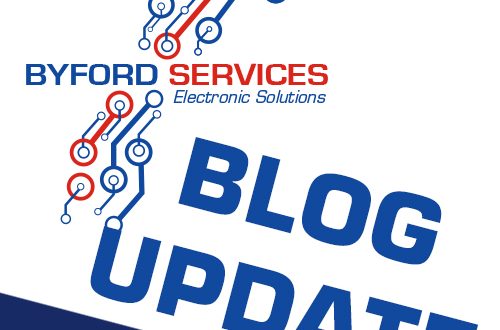
There are so many posts (and arguments) about Smart Alternators and Dual Battery setups I thought I would post this. If you would like to know more or get a quote to install a setup in your 4×4 or Caravan, give me a call.
Benefits of using a Battery-To-Battery charger for auxiliary battery charging
Battery-To-Battery chargers are becoming increasingly common in leisure, commercial and marine applications, not only as a way of over-coming the issues with smart alternator technology, but also because they provide several benefits over split charging systems when used with traditional alternators:
- Batteries charge much faster when using a Battery-To-Battery charger when compared with direct alternator charging (as found in split charge systems using VSRs, HD relays or diode isolators). This can typically be around 5x faster.
- A much deeper state of charge can be achieved because the Battery-To-Battery charger uses a multi-stage profile to maximise the depth of charge, something not possible in standard split-charge systems which will typically charge a battery to around 80% of its capacity.
- Charging will always take place when the engine is running, regardless of the alternator output voltage, because low voltages are boosted to meet the required charging profile.
- As in a split charge system, the starter and auxiliary batteries are electrically isolated when the engine is not running to ensure that one cannot discharge the other.
- The charger protects auxiliary batteries from high voltage spikes produced as a result of regenerative braking systems, so preventing damage to sensitive Gel and AGM batteries.
- The current reaching the auxiliary battery is determined by the charger rating (rather than by the maximum the alternator can produce), meaning that potentially damaging current in-rush is eliminated. This current in-rush can occur in split charge systems if the auxiliary battery is dead-flat or very low and can overload cables and blow fuses if they are not large enough to cope with the alternator output.